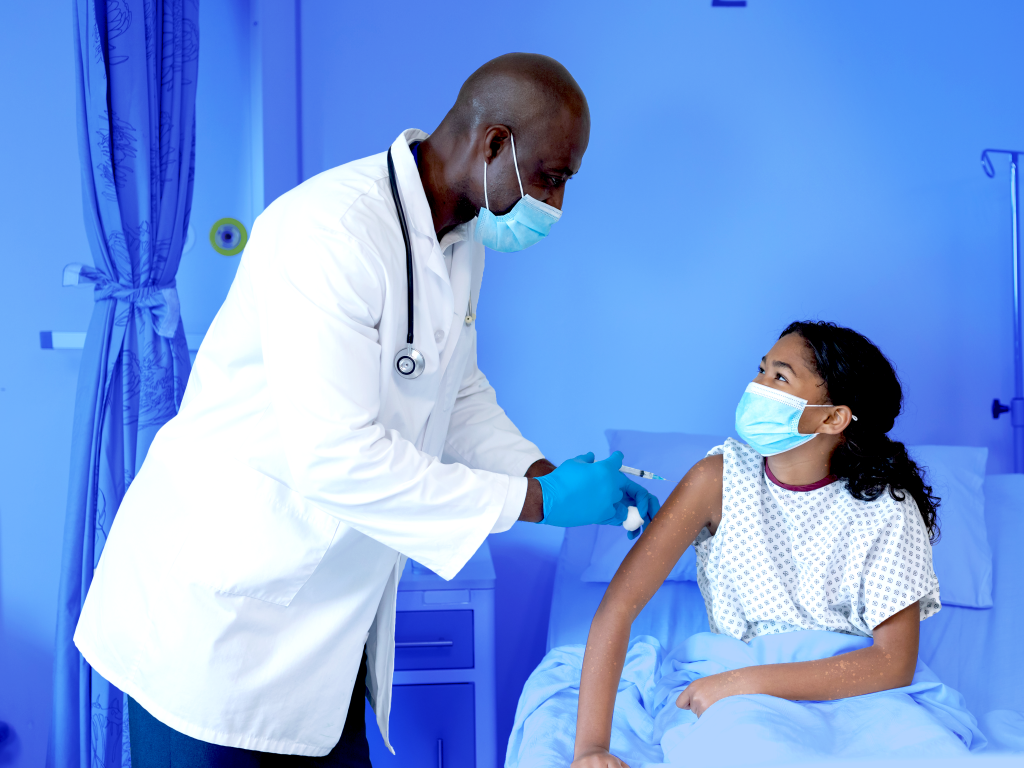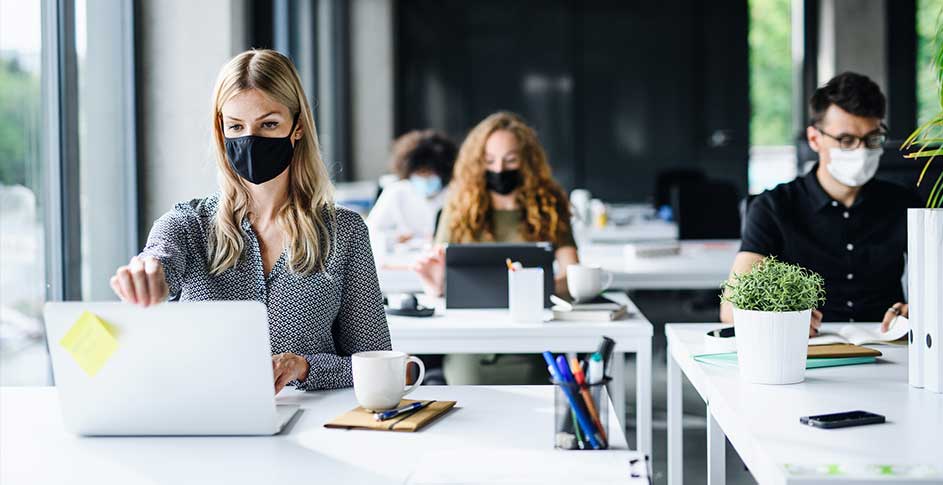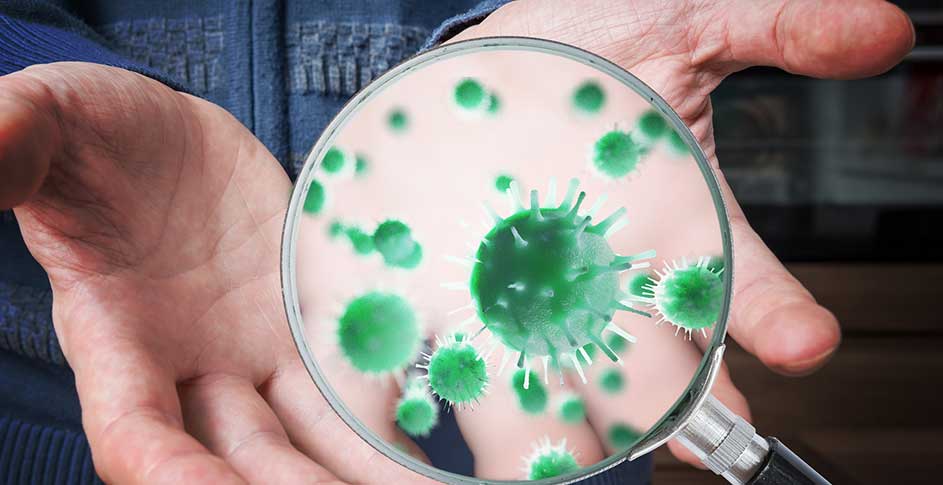As the world continues to deal with COVID-19 infections, it has become clear that the disease can have a wide range of effects on the human body. One of the lesser-known but increasingly significant side effects of COVID-19 is its dangerous relationship with fungal infections. According to recent studies, individuals infected with COVID-19 possess a higher risk of developing fungal diseases. The interconnected relationships that these pathogens have has gained the attention of scientists as reports indicate a three-fold increase in one invasive fungal disease since 2019.
Overview of the Issue
To understand how COVID-19 and fungal infections interact with one another, first we need to look at the effects of COVID-19. COVID-19 is the disease caused by the SARS-CoV-2 virus. Upon contracting COVID-19, patients can face many risk factors including “lung injury, immunosuppression, need for oxygen therapy, monoclonal antibodies, steroid therapy, etc.”
Now, what are fungal infections? Fungal infections are caused by – you guessed it – fungi. These infections can occur in the lungs, skin, and other parts of the body, and can be life-threatening in some cases. The main treatment for fungal infections is antifungal medication; however, some fungi can become drug-resistant, which makes treating patients challenging.
What do these two diseases have to do with one another? Well, epidemiologists believe COVID-19 has caused an increase in many infections from the Aspergillus, Mucorales, and Candida species — including Candida auris. While instances of co-infections have been recorded since 2020, only recently have we seen a surge in fungal infections as COVID-19 cases begin to pick up again in the U.S.
Why is this happening?
There are several reasons why COVID-19 patients may be more susceptible to fungal infections. Weakened immune defense, use of invasive medical procedures and treatments, and lack of oxygen due to lung damage are all known predisposing factors for fungal infections. As more people are infected, hospitalized, and treated with steroids for COVID-19, we can expect to see a proportional rise in fungal infections.
“Prior research has shown that secondary fungal infections in COVID-19 patients are high. Moreover, 14.8% and 33% of mild and severe COVID-19 patients, respectively, develop fungal secondary infections. … An Atlanta-based study reported 30.9% mortality in COVID-19 patients with secondary fungal infections.”
Treatment Drugs
The rise in fungal infections among COVID-19 patients is a cause for concern, as these infections can be difficult to treat and may require more aggressive treatment. The use of corticosteroids to treat COVID-19 drastically increases the risk of fungal infections, as steroids suppress the immune system’s ability to fight infections. In some cases, antifungal medication and even surgery may be necessary to remove infected tissue. However, as previously mentioned, the issue with anti-fungal medicine is fungi can become drug-resistant over time, making it increasingly complex to treat.
“The common theme is, with the combination of damaged lungs and steroids, you’re going to get a fungal disease. Depending where you are, you’re going to end up with different ones.”
Invasive Medical Device
COVID-19 also damages the lungs, which oftentimes requires patients to undergo mechanical ventilation or oxygen therapy. Patients that have an intravenous line, a catheter, a mechanical ventilator, or other invasive medical devices are especially at risk. These invasive devices create a pathway between the skin and internal organs allowing fungal spores to travel to the lungs and enter the bloodstream. Once the infection enters the bloodstream through your lungs, treating it becomes a top priority as comorbidity and mortality rates are higher in these cases.
Patient’s Location
Many patients who receive these invasive treatments are often located at healthcare facilities or are hospitalized in the ICU where the presence and spread of fungi is increased. One study of a skilled nursing facility discovered that the facility had “fungus on windowsills, bed handrails, and doorknobs both inside and outside the rooms of patients.”
Even with thorough cleaning, fungi can be missed and survive for weeks on surfaces, which explains why “most cases of C. auris result from local spread within and among healthcare facilities in the same city or state.”
Concerns for the Future
As fungal infections continue to increase, recovering from injuries or illnesses will present more challenges. It is essential that we take steps to reduce the risk of fungal infections in COVID-19 patients. This includes ensuring proper hygiene practices are followed.
Additionally, it is important for healthcare professionals to recognize the potential for fungal infections in COVID-19 patients and to take preventative measures to reduce the risk of infection. These measures may include carefully monitoring patients for signs of infection, reducing the use of immunosuppressive medications, and avoiding unnecessary use of antibiotics.
Facilities can also implement improved infection prevention and hygiene practices, as well as air and surface purifiers to reduce transmission and microburdens. But the most effective way to control the spread of a drug-resistant organism is to layer these approaches.
ActivePure’s technology offers an additional layer of protection against a wide range of harmful fungi, viruses, and bacteria. See which pathogens our technology has been proven to reduce.



